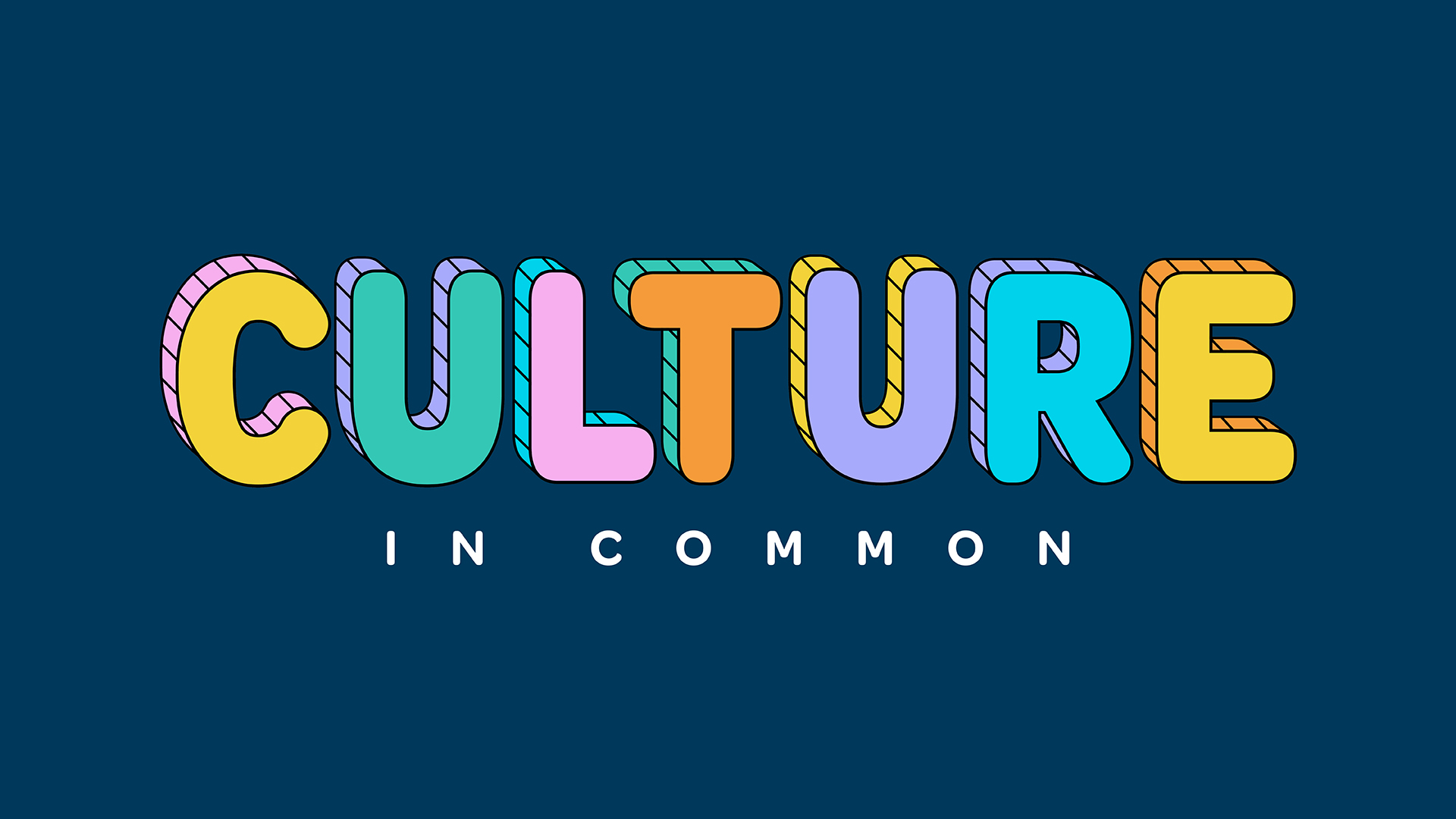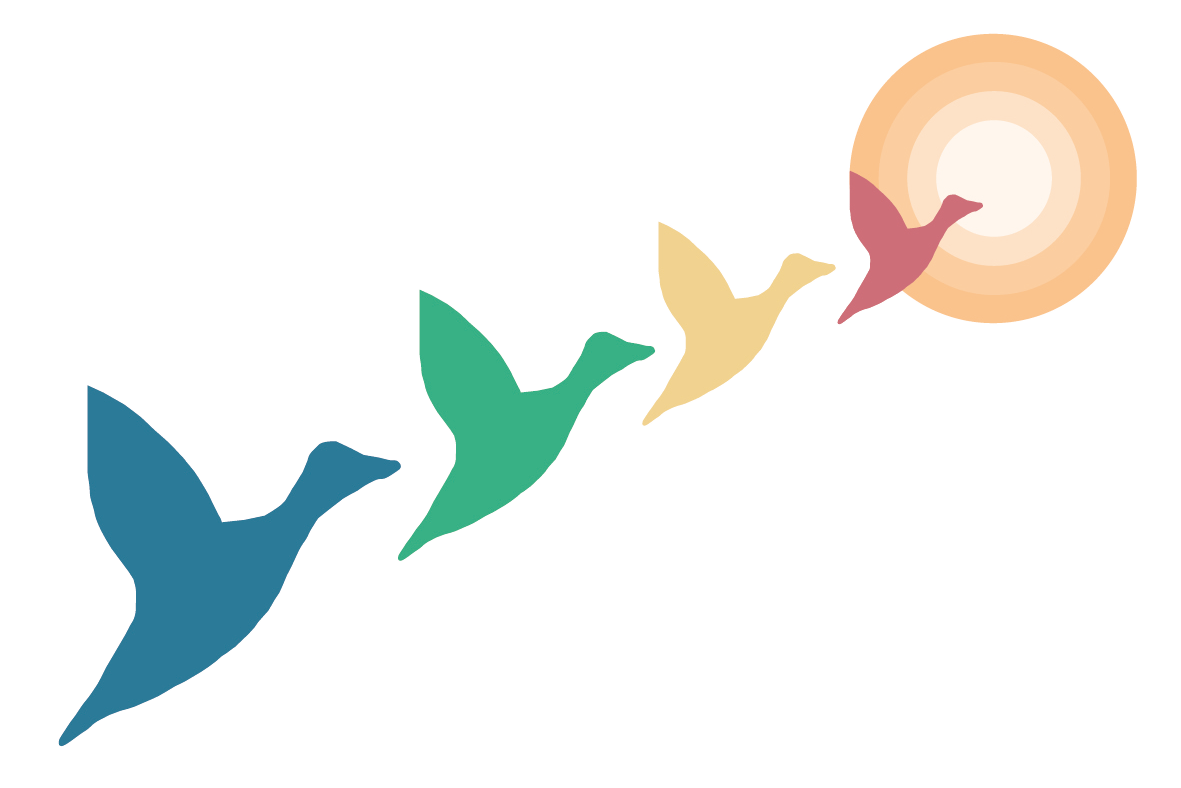With John Holmes, Flying Geese Consultant

Last week Flying Geese wrapped up a long piece of work with Culture in Common, the Creative People and Places (CPP) programme for the New Forest. It was sad to be saying goodbye to a team I’d definitely felt part of over the past year. But it was also the right time to pass the work on to newly-recruited staff based locally with Energise Me, Culture in Common’s host organisation.
One of the great things about our work with Culture in Common is that it turned out to be highly strategic yet also very hands-on. We started with audience research and writing the audience development plan, and ended up project managing the website build and delivering campaigns.
Writing an audience development can be an abstract process. Usually the consultant’s work ends when the finished plan hits the CEO’s inbox or is presented to the board. With Culture in Common we were able to road test our work over the course of nine months. This is very much in keeping with the ‘action research’ spirit of CPP programmes. At our handover meeting we were able to say to the new staff with some confidence what in the plan was actually working, and what needed updating.
CPP programmes have several unique characteristics that make working on them challenging and exciting. They have been set up in parts of the country where involvement in creativity and culture is significantly below the national average, and within those areas specifically aim to reach people not regularly engaged with the formal arts and culture sector. They are also built from co-creative and participatory principles, working towards an outcome where residents make decisions on local arts and culture, rather than institutions.
We’ve learnt a lot. The following suggestions certainly don’t cover every aspect of marketing and audience development for a CPP, but will hopefully prove useful if you are starting this work from scratch.
1: Read the existing literature
In the first ten years of CPP a wealth of literature has been produced by people working on the projects documenting their successes, failures and learnings. ‘Mapping and analysis of engagement approaches across the Creative People and Places programme’ by Sarah Boiling and Clare Thurman was among the most useful to us. Several pieces of advice were crucial to our work, including that ‘Facebook is huge’ and the suggestion to radically differentiate branding and design from existing arts and cultural organisations.
2: Know when the existing literature doesn’t apply
Audience Agency research showed that CPPs have been particularly effective in developing participation in the ‘Frontline Families’ and ‘Up Our Street’ Audience Spectrum segments. But as a mixed urban/ rural area with different characteristics, New Forest has comparatively few residents in those segments. Instead we recommend focusing on ‘Trips & Treats’, ‘Home & Heritage’ and ‘Dormitory Dependables’ whose arts and cultural participation remained low because of barriers such as transport difficulties and sporadic existing provision. This had significant implications for Culture in Common’s offer and the communications channels used to discuss the progamme with residents.
3: Facebook is indeed huge
While you might instinctively think a new programme should focus on Instagram, Snapchat or TikTok, especially for younger audiences, Facebook was by far and away the most important online channel for promoting Culture in Common. It helped turn two very different events into successes – a series of beginners’ stand-up comedy workshops for adults across New Forest, and a family Story Quest activity in a specific isolated locality. The success happened thanks to shares from unlikely local influencers e.g. a football club, and small amounts of paid advertising (e.g. £30) targeting a relatively small and precise location.
4: Mind your language
Explaining CPP is difficult. It’s easy to get bogged down using public and third sector-type language like consortium and co-production, or deficit language such as ‘least engagement’. Avoid this and keep your language upbeat, fresh and approachable. The same goes for your branding and design. We looked at the branding, website and copy for pretty much every CPP in England for inspiration, and were particularly influenced by Peterborough Presents.
5: Stick to the plan, and change it
CPP isn’t about ‘bums on seats’ and quick wins, which might be frustrating for partners, stakeholders or, indeed, vocal local residents outside your target segments. It takes time. The important thing is to stick to the headline principles of the audience development plan, rather than revert to a more conventional arts marketing approach to fill up events in the short term. If you stick to the key principles, then you can be creative and playful with your tactics, experimenting with different approaches and challenging received wisdom. Tik Tok might not have been effective for you in 2020, but maybe it will in 2024?
Want to kick start audience development for a Creative People and Places programme? We would be excited to talk to you about any of the following:
- Local situational analysis and audience research
- Writing your strategic audience development plan and practical marketing plan
- Setting up marketing infrastructure – such as website and social media accounts – and managing these through to handover to local staff.
If you are interested in these services, please contact John Holmes (Consultant)
